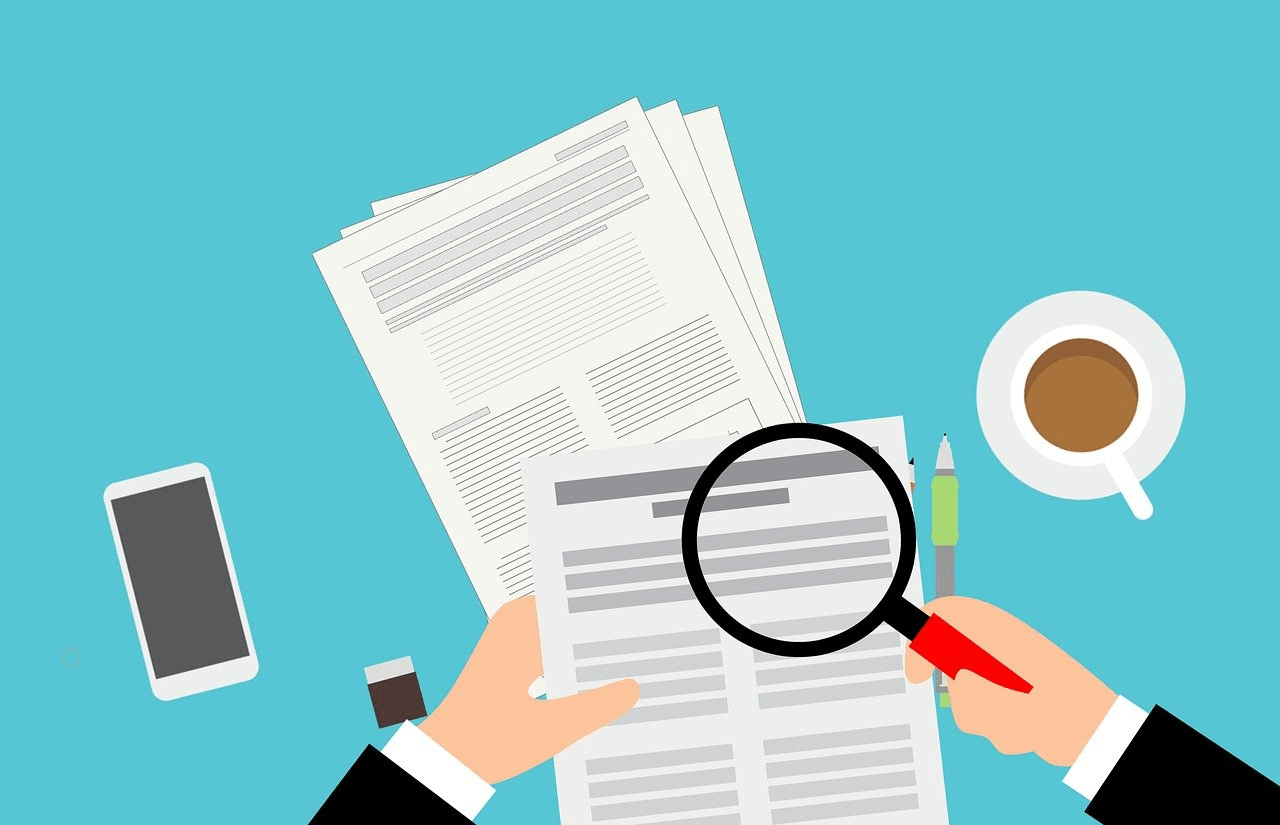Setting a standard of project reviews and when to do them can improve efficiency and help keep a project running on time and within budget.
CONTENT
The most common reasons why design reviews are not performed, we find:
- Fear of facing failure and its causes. If failure is regarded as something to be denied and hidden rather than an opportunity for growth, it is clear how revisions are avoided as much as possible.
- Blame. If the culture relies on blame and punishment to motivate behavior, there will be resistance and defensiveness to reviews – especially negative ones. Blaming will promote fear.
- Negative experience, such as when previous reviews were unhelpful or not followed up to implement changes based on lessons learned.
- Lack of qualified facilitators. Qualified facilitators are needed to make reviews effective by addressing the tendency of project managers and implementers to be action-oriented rather than introspective and reflective. A facilitator will allow participants to confront negative situations without falling into a defensive attitude directly.
- Lack of time. Stakeholders have already moved on to the next project or go back to their operational activities. The review is not considered a priority and valuable activity and is therefore left undone. If there is not a culture of continuous improvement, there is not enough motivation to sustain the effort of a review.
- Lack of a documented project management process. The absence of guidelines and templates results in unnecessary effort and the absence of useful information gained during the project.
However, it is now widely accepted that reviews are the key to improving future performance by learning from past performance.
Here are practical tips for successful design reviews.
Types of Design Reviews
Four types of reviews can be conducted during a project.
First Project Review: The first project review will determine if the project meets the requirements defined as necessary.
Completion Review: The completion review will determine if the project has met all requirements, approvals, and deliverables defined by the project scope and if the management process has met all required standards.
Special Reviews: Special reviews will determine if the project meets all requirements, approvals, and deliverables defined by the project scope at the time the special review is conducted. It will also determine that all project management processes are in place and meet all required standards. Finally, the special review may focus on a subset of activities, conditions, or work products highlighted as “at risk.”
Stakeholder Requested Review: A project stakeholder may request an “ad hoc” or “special review.” Reasons for this type of review may include, for example: a change in management, a significant issue that may affect the project’s ability to deliver the requested solution, a project that has been classified as “non-compliant” and requires a specific finding. The format of this review is similar to the standard project review.
Description of the review process
As seen above, there are different types of reviews. It tends to be a similar process for all cases and may vary slightly.
Introduction of design review
The review team initiates the review process by scheduling it with the project manager.
It is essential to schedule the review to be conducted in a way that is not disruptive to the project itself.
This is not always possible; however, interruption caused by a review should be considered.
Design review initiation stage
The project review team compiles an input packet containing materials to help the project manager understand the review process and what they need to make available for project review.
Subsequent meetings will be scheduled with the project manager and designated project team members.
The input package will typically contain process documentation, a checklist, and sample questions.
Research phase of project review
The research phase is divided into two activities: documentation review and interview.
During the documentation review, documents are retrieved for analysis to ensure that the required project deliverables are in the designated location.
During the second activity, the review team will conduct informal exploratory interviews with the project manager and project team, or some members, and any other stakeholders.
The results and documentation will then be analyzed and compared to the approved project methodology.
This phase can take one to two business days, depending on the project’s size, scope, and complexity.

Final project review report stage
A project review report will be provided to the project manager at the end.
This document is to ensure that there are no communication issues about the results between the project manager and the review team.
If there is a difference of opinion, the project manager and review team can arrange additional meetings.
Upon completion, the review team will formalize the information gathered throughout the review process with any recommendations and changes that the project manager will be required to implement.
Based on these results, the project will be classified as red, yellow, or green, and this project status will indicate whether the project meets the standards or not.
If the project is determined to be red, i.e., “at risk,” a follow-up review will be scheduled.
Learning to evaluate projects, current or past, is one of the best ways to find out what sectors need improvement and do a better job in the future.
As organizations and their processes mature, effective performance reviews as part of continuous project performance improvement will become a standard.




